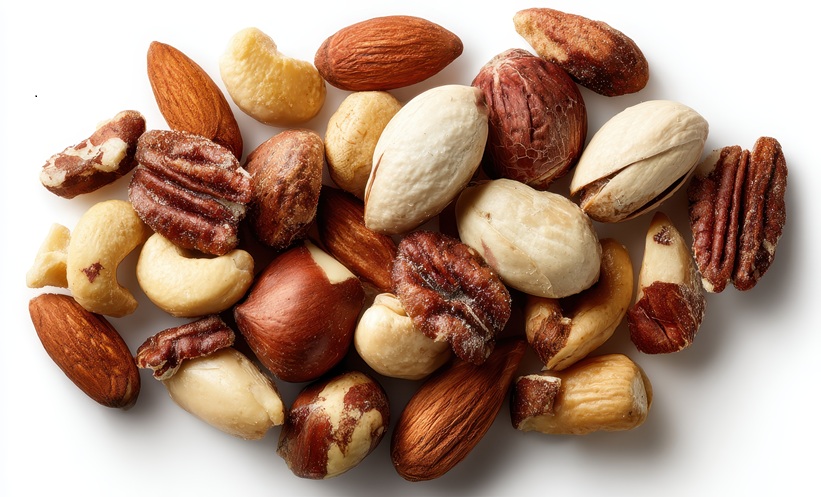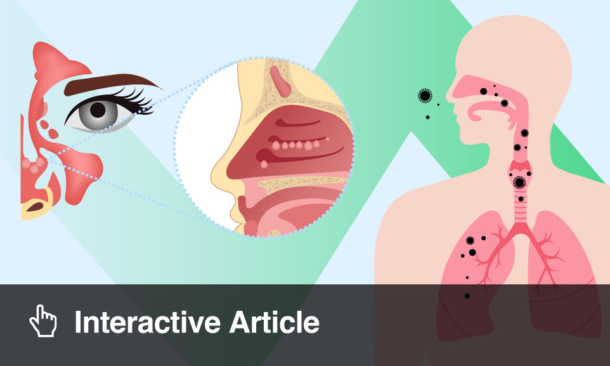A NEW analysis from the French Allergy-Vigilance Network has identified eight food allergens not currently covered by mandatory European labelling, yet frequently implicated in food-induced anaphylaxis. The findings raise concerns that existing allergen regulations may overlook ingredients capable of triggering serious and sometimes life-threatening reactions.
Unexpected Triggers Behind Significant Proportion of Anaphylaxis Cases
The study examined nearly 3,000 cases of moderate-to-severe food-induced anaphylaxis reported between 2002 and 2023. More than one in eight cases involved foods outside the EU’s list of 14 regulated allergens. These included goat’s and sheep’s milk, buckwheat, peas and lentils, alpha-gal, pine nut, kiwi, beehive products and apple. Several of these were linked not only to frequent reactions but also to the most severe grades of anaphylaxis.
Goat’s and sheep’s milk accounted for the highest number of serious episodes, including two fatalities, while alpha-gal also produced a notable proportion of life-threatening reactions. Pine nut, kiwi, beehive products and apple triggered multiple grade-three events, underscoring their potential clinical impact despite not being formally recognised in labelling law.
Hidden Exposure Drives Recurrence and Risk
A recurring theme across the analysis was the difficulty patients experienced in identifying the source of exposure. Foods such as goat’s and sheep’s milk and buckwheat were often consumed unknowingly, either through composite foods, contamination, or mislabelling. This pattern contributed to repeated anaphylactic episodes in many patients and highlights a key gap between regulatory frameworks and real-world eating habits.
Policy Implications for European Allergen Regulations
The authors conclude that goat’s and sheep’s milk, buckwheat, peas, lentils, and pine nut meet the criteria to be considered for inclusion in the EU’s mandatory labelling list, due to their frequency, severity profiles and the documented risk of hidden consumption. Updating labelling requirements could significantly reduce preventable reactions and improve safety for individuals living with food allergies.
Reference
Sabouraud-Leclerc D et al. Food Anaphylaxis: Eight Food Allergens Without Mandatory Labelling Highlighted by the French Allergy-Vigilance Network. Clin Exp Allergy. 2025;55(8):e70130.






